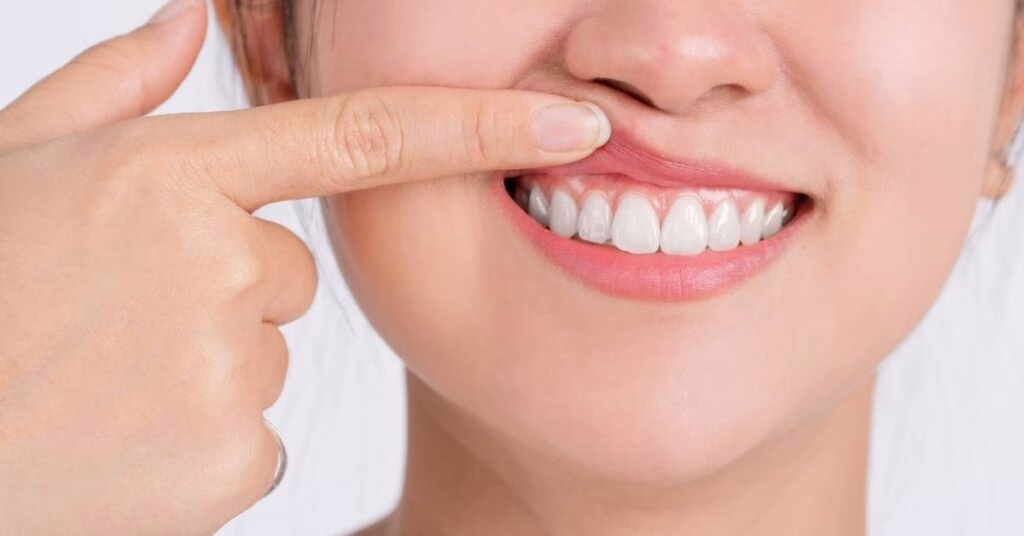
Osteoporosis weakens the skeleton—including the jawbones that support your teeth. That’s why people with low bone density often see more tooth loss, receding bone around teeth (alveolar bone loss), and gum problems than their peers. Several recent studies and reviews confirm links between osteoporosis, periodontitis, and greater rates of tooth decay and missing teeth. (PMC, MDPI, BioMed Central)
How osteoporosis can affect teeth and gums
- Jawbone thinning: The same process that reduces bone mineral density in the spine and hip can reduce the density of the maxilla and mandible. This can accelerate periodontal bone loss and loosen teeth. (ScienceDirect)
- Higher risk of tooth loss & decay: Cross-sectional and observational data show more missing teeth and higher caries rates in people with osteoporosis. Emerging genetic analyses even suggest dental disease may contribute causally to skeletal bone loss. (BioMed Central, PMC)
- Dental implants: Most contemporary studies report similar implant survival in patients with and without osteoporosis, provided case selection and surgical technique are sound. Long-term survival varies, but osteoporosis alone isn’t a contraindication. (PubMed, PMC, Wiley Online Library)
How common osteoporosis medicines impact dental care
Many people with osteoporosis take antiresorptive drugs (e.g., oral bisphosphonates like alendronate, or denosumab). These drugs are excellent at preventing fractures, but very rarely they can be associated with medication-related osteonecrosis of the jaw (MRONJ)—an area of exposed jawbone that doesn’t heal within 8 weeks. The latest AAOMS position paper (2022 update, published online in 2024) remains the key reference.
- Overall risk is low at osteoporosis doses. For tooth extractions, estimated MRONJ risk is ~0–0.15% with oral bisphosphonates and ~1% with denosumab; risk is far higher in cancer regimens. Duration of therapy may increase risk, but prevalence in osteoporosis remains very low.
- Procedures that trigger risk: Dental extractions and other invasive dentoalveolar surgeries are the main precipitating events; existing dental infection further increases risk. (ScienceDirect)
- Denosumab timing matters: Because denosumab’s effect wanes between injections, some experts schedule elective extractions 3–4 months after the last dose and resume 6–8 weeks post-surgery; stopping denosumab entirely can trigger rebound vertebral fractures, so coordination with the prescribing clinician is essential.
- Newer data points: A 2024–2025 analysis found cumulative denosumab exposure and tooth extraction independently raise MRONJ odds; other studies suggest that pausing therapy for ≥3 months before extraction may reduce risk—decisions must be individualized. (PMC, PubMed)
Bottom line: osteoporosis medicines save bones; MRONJ is rare at osteoporosis doses. Plan dental care smartly rather than avoiding needed therapy.
What you can do (practical checklist)
Before or soon after diagnosis
- Get a dental check-up to treat cavities, gum disease, and ill-fitting dentures before starting antiresorptives when possible. This lowers the chance you’ll need invasive work later.
- Tell your dentist exactly which bone medicine you take, the dose, and when you last had it. Keep your medical and dental teams in the loop.
Every day
- Perfect the basics: twice-daily brushing, interdental cleaning, and fluoride toothpaste; manage dry mouth and limit sugary snacks to protect enamel. (Good plaque control lowers extraction risk.) (ScienceDirect)
- Nourish your bones and gums: aim for adequate calcium and vitamin D, stop smoking, and moderate alcohol. Weight-bearing exercise benefits both skeletal and periodontal health. (These are standard osteoporosis pillars that also support oral health.)
When dental work is needed
- Prefer non-surgical options when reasonable (restorations, endodontics). If extraction is unavoidable, your dentist may use atraumatic technique, primary closure, and antimicrobial mouth rinses. (ScienceDirect)
- Schedule wisely with denosumab: if your doctor agrees, plan procedures in the “low-activity” window (about 3–4 months after an injection) and restart 6–8 weeks afterward—never stop denosumab without a plan because of rebound fracture risk.
- Follow closely after surgery for early signs of delayed healing (pain, exposed bone) and report symptoms promptly.
Latest research at a glance (2023–2025)
- Osteoporosis ↔ oral disease: Recent reviews and cohort studies strengthen the association between low BMD and periodontitis, tooth loss, and caries; oral disease may even contribute to systemic bone loss. (PMC, MDPI)
- Implants: Meta-analyses show no significant difference in implant survival in osteoporotic vs. non-osteoporotic patients when managed appropriately, though outcomes remain multifactorial. (PubMed, PMC)
- MRONJ risk & management: The AAOMS position paper continues to guide care; newer studies refine risk factors (e.g., cumulative denosumab doses, extractions) and suggest that carefully timed therapy pauses before extractions may lower risk—balanced against fracture prevention. National expert groups continue to update prevention and treatment frameworks. (PMC, PubMed, MDPI)
Take-home: Keep your bones strong and your mouth healthy, and coordinate dental care with your osteoporosis plan. With good prevention and smart timing, you can protect both your fracture risk and your smile. If you’d like, I can adapt this into a patient-friendly handout branded for InsureSPR Health.
👉 Don’t wait for a fracture or tooth loss to tell you your bones are at risk. Book your DXA bone density scan today with InsureSPR Health to know your bone strength, protect your smile, and take control of your future health.

